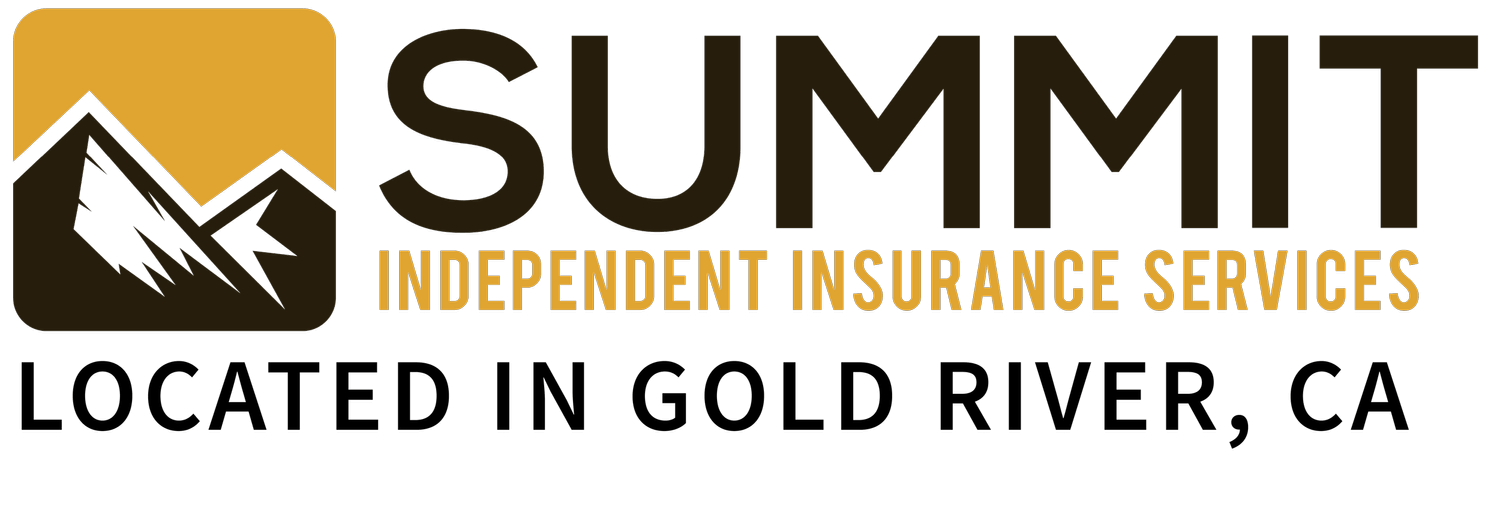Understanding the Medicare Part D Coverage Gap: What You Need to Know
If you have Medicare Part D prescription drug coverage, you may have heard of the coverage gap, also known as the "donut hole." This is a temporary limit on what the Medicare Part D plan will cover for prescription drugs. Here's what you need to know about the coverage gap:
What is the coverage gap?
The coverage gap starts after a beneficiary and their plan have spent a certain amount on prescription drugs (known as the initial coverage limit). In 2022, the coverage gap begins after the beneficiary and their plan have spent $4,430 on covered drugs. During the coverage gap, the beneficiary pays a larger share of the cost of their prescription drugs until they reach the out-of-pocket threshold.
What are the costs associated with the coverage gap?
In 2022, once a person reaches the coverage gap, they will pay no more than 25% of the cost for both brand-name and generic prescription drugs.
How can a person get out of the coverage gap?
Once a person has spent $7,050 on out-of-pocket costs for covered drugs in 2022, they will exit the coverage gap and enter the catastrophic coverage phase. During this phase, the beneficiary pays a small copayment or coinsurance for covered prescription drugs for the rest of the year.
What are some tips for avoiding the coverage gap?
There are several ways to avoid the coverage gap or reduce its impact, including:
Using generic drugs whenever possible, as they can be less expensive than brand-name drugs.
Talking to your doctor or pharmacist about whether there are lower-cost options for your prescriptions.
Using a mail-order pharmacy to get a three-month supply of your medication at a lower cost.
Checking with your plan to see if they offer preferred pharmacy networks, which may have lower copayments.
Considering switching to a plan with better coverage for your medications, if available.
Using Medicare's drug plan finder tool to compare plans and find one that covers your medications at the lowest cost.
Applying for Extra Help if you have limited income and resources to help pay for your prescription drug costs.
Conclusion
Understanding the Medicare Part D coverage gap and associated costs can help you make informed decisions about your prescription drug coverage. Be sure to review your plan's Summary of Benefits to learn more about how the coverage gap may impact your specific plan. If you have any questions or concerns, don't hesitate to reach out to your Medicare insurance agency.

